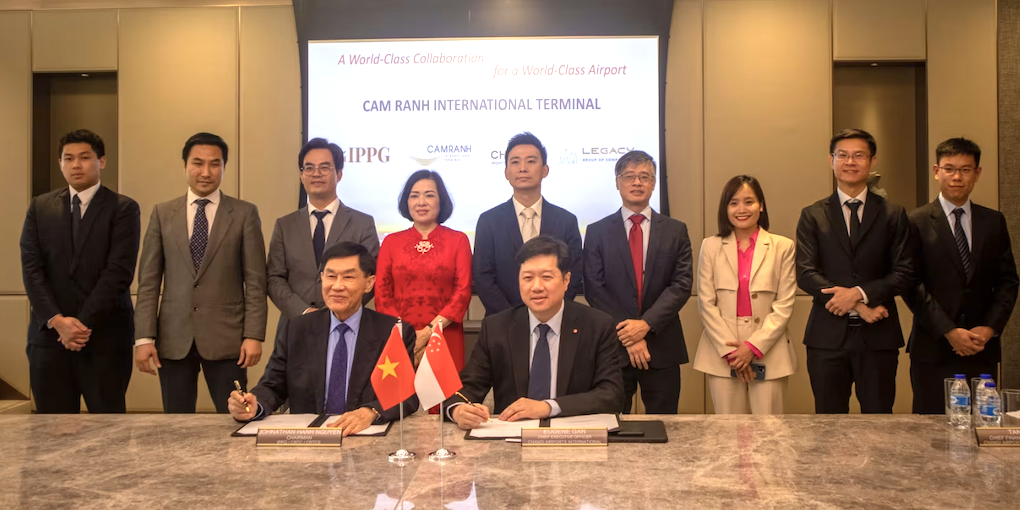Singapore’s Changi Airports International (CAI) recently signed a partnership with the Cam Ranh International Joint Stock Company (CRTC) to manage the Cam Ranh International Terminal (Terminal 2) at Cam Ranh International Airport in the south-central province of Khanh Hoa.
With support from reputable partners such as the Legacy Infrastructure Company and Changi Airport, Cam Ranh Airport is expected to undergo a significant transformation in management and operations, adhering to international standards and offering top-notch experiences to travelers.
In particular, over the next five years, CRTC will work with CAI to enhance revenue growth at Terminal 2 and improve the passenger experience. The agreement also allows for an extension of another five years.
The collaboration will introduce novel offerings at Cam Ranh International Terminal, including automated check-in, mobile app-based entry registration, and AI-enabled luggage handling. CAI will oversee non-aeronautical operations and aid in expanding international routes at Cam Ranh International Airport. As part of its expansion strategy, the airport targets boosting its annual passenger capacity from 6.8 million to 8-10 million.

“Cam Ranh International Airport, which welcomed 6.5 million international visitors in 2019 before the pandemic and was the fourth-busiest international airport in Vietnam, is undoubtedly one of the driving factors in the tourism development of Nha Trang,” Mr. Eugene Gan, Chief Executive Officer of CAI, said at the signing ceremony. “We are excited to apply the experience we have gained over the years to work with our valued partners and uplift the passenger experience at Cam Ranh International Airport, helping to further grow its potential as one of the leading airports in Vietnam.”
For his part, Mr. Johnathan Hanh Nguyen, Chairman of the Board of Directors at CRTC, said the agreement will help connect Cam Ranh International Airport to major airports worldwide and attract international partners. “The successful model of management cooperation between CRTC and CAI will be the first of its kind CAI implements in Vietnam, opening up great opportunities for both parties in the field of airport operations and realizing the vision of the Imex Pan Pacific Group (IPPG) for strategic collaboration in Vietnam and other countries.”
Opened in 2018, Cam Ranh International Terminal is one of the fastest-growing airports in Southeast Asia and is a hub for more than 30 airlines, connecting Nha Trang with over 100 destinations worldwide.
Meanwhile, Changi International Airport, known for its exceptional service quality, was recognized as the best airport in the world in 2023 by travelers in Skytrax’s annual World Airport Awards. This was the 12th time Changi Airport had earned this title. It has received over 670 awards for continuous excellence in airport service quality, passenger experience, and safety standards. With its world-class experience, it will play a crucial role in helping Cam Ranh achieve its goals.









 Google translate
Google translate